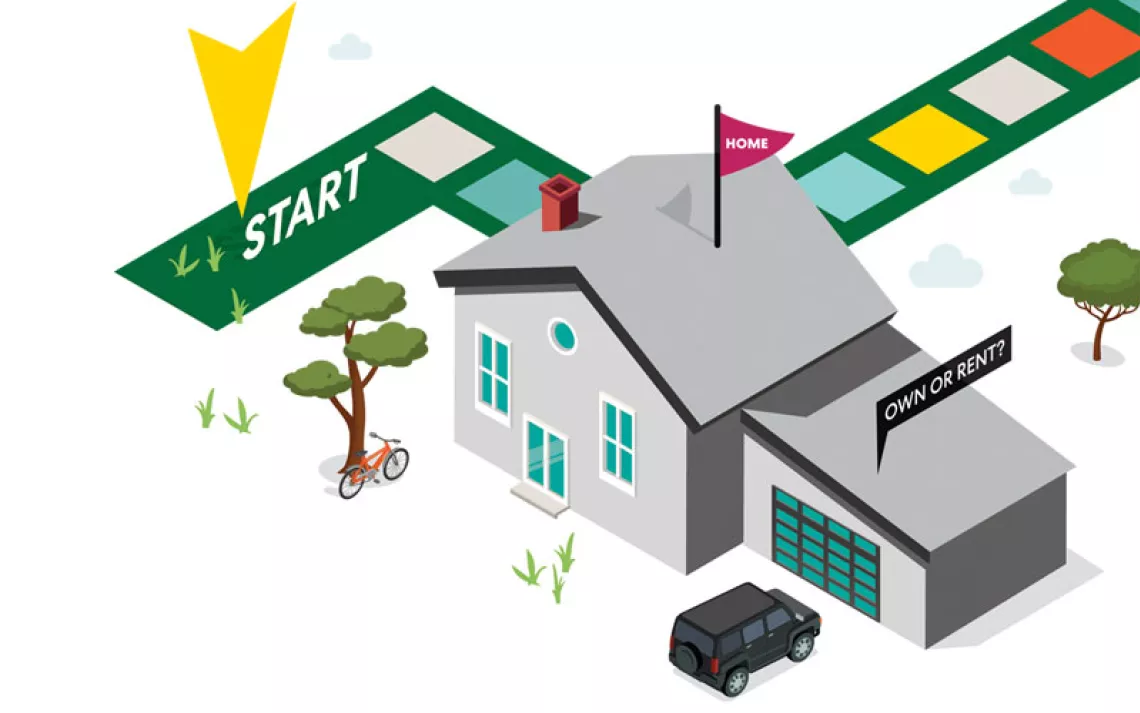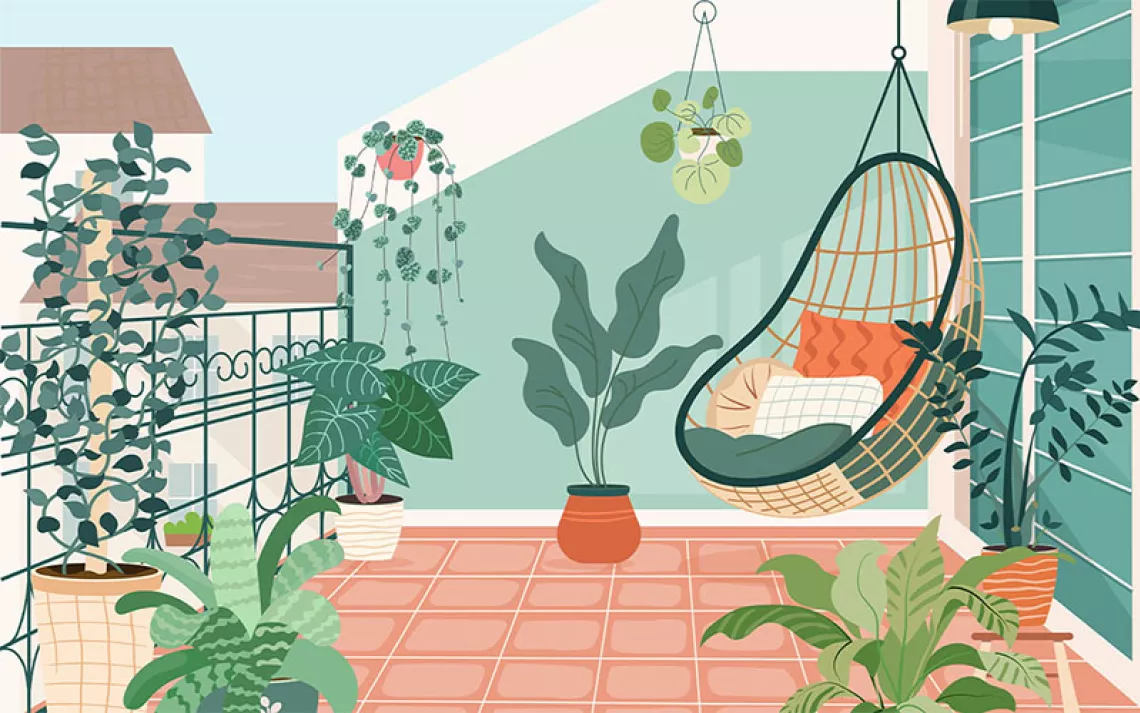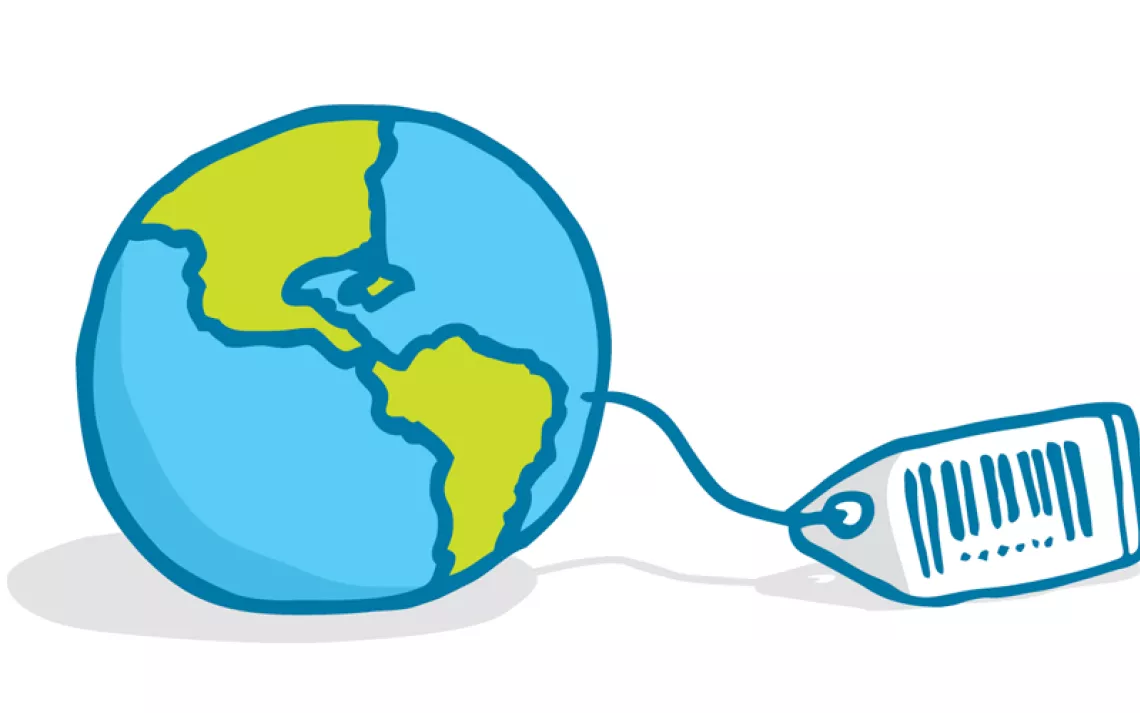Enviro-Tracker Lets Users Gauge Air Quality

Photo by iStock/shironosov
From rapid industrialization in the developing world to the smoggy hustle and bustle of Los Angeles, most people are inhaling a lot more pollution than they think, and the consequences aren’t pretty. A 2013 MIT study reported that air pollution causes nearly 200,000 early deaths each year in the U.S. alone, and that’s only from car fumes, smokestacks, and similar ground-level emissions. Urbanites, in particular, go about their daily lives amidst a haze of harmful pollutants and irritants, but how can people protect themselves from an invisible threat?
TZOA wants to help. The Vancouver-based startup has created a portable electronic sensor that can measure air pollution, UV exposure, and various other atmospheric conditions in an effort to empower people to educate themselves about the air they breathe. After a successful Kickstarter campaign, it should be available to the public by late 2015 for just $99.
“If you’re an athlete, if you travel a lot, if you work, if you have children and you live inside your house for a majority of your time, you would be really surprised to know how much your environment affects you,” said co-founder Laura Moe in an interview with The Georgia Straight. “And right now we just don’t have that information.”
Moe, a nurse, and electronics expert Kevin Hart teamed up to create the TZOA Pollution Monitor, a tiny clip-on sensor that can help people track the air quality of their environment. It works like this: a tiny fan sucks air particles into the device and draws them across a laser beam path. A light detector counts the flashes that occur when a particle crosses the laser, calculates the number of particles, and thus calculates the air quality based on a 1-10 government-approved scale. The detector also measures the size of each particle, differentiating between small, dangerous carcinogens and larger, less harmful irritants like pollen. Indoors, TZOA can measure smoke levels in rooms with fireplaces or asbestos levels in basements. Outdoors, it has the capacity to map air quality across whole towns or regions, helping local governments to identify pollution problems and create policy and legislation accordingly.
On an individual level, the sensor will allow people to make more educated, health-conscious decisions about where they spend their time. But on a larger scale, data collected by each device will stream onto a TZOA app, creating public maps of air quality in different neighborhoods and areas.
Researchers are in the process of comparing TZOA’s effectiveness to that of more expensive trackers; if the results are promising, scientists can begin to market TZOA to local governments and urban citizens everywhere. The company is also working with the University of British Columbia to employ a research edition of the TZOA for use in public health studies in developing countries. Hart, Moe, and their team want people to understand that air pollution isn’t just an inevitable inconvenience—with a little bit of diligence, we can all play a part in initiating change that our lungs will thank us for.
Follow Sierra on Facebook, Twitter, Pinterest, Instagram, and YouTube.
 The Magazine of The Sierra Club
The Magazine of The Sierra Club



